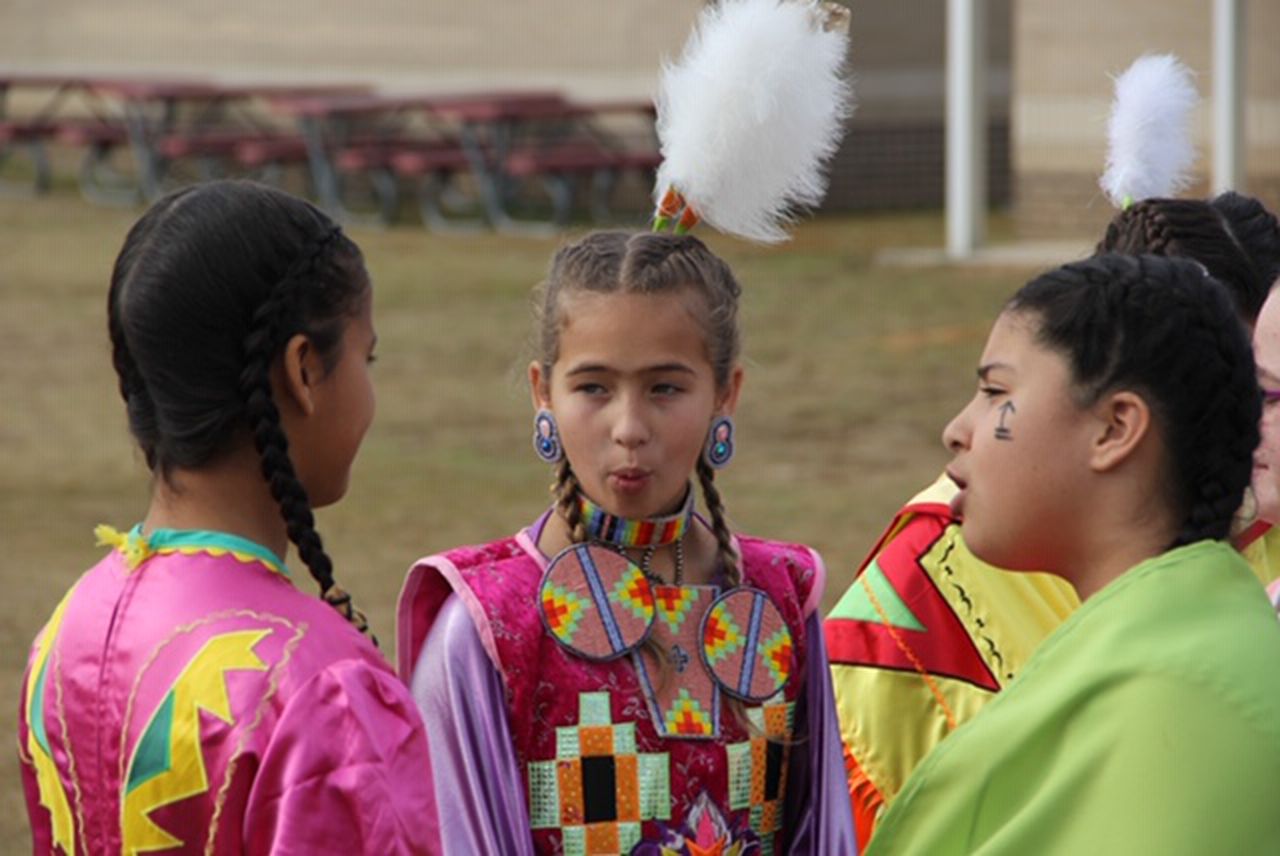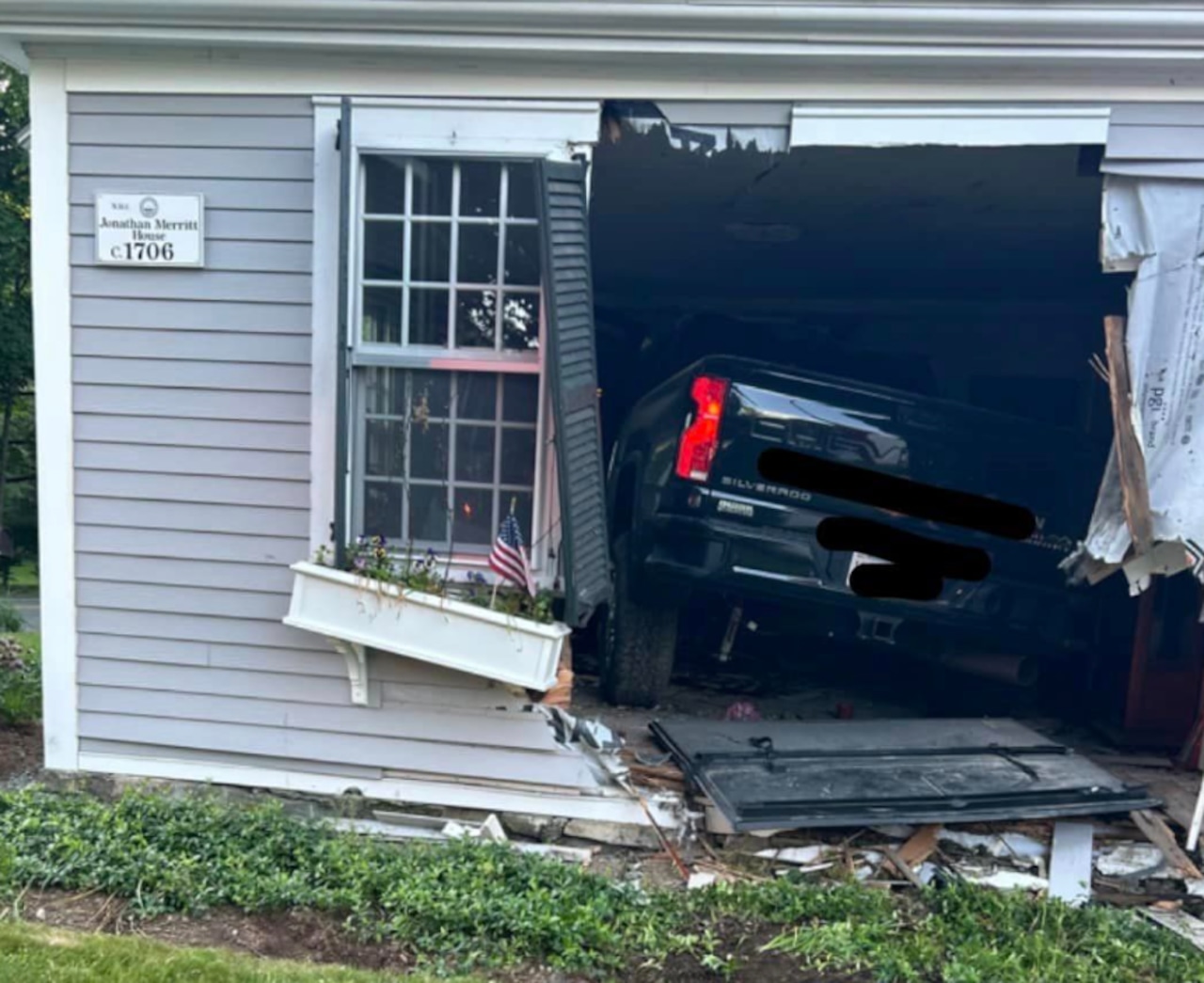
The sweeping vistas, rolling hills and majestic forests of America’s public lands have fueled wanderlust among settlers, pioneers and regular folks for hundreds of years.
They are places of exquisite natural beauty and national pride, cherished and visited by millions of Americans and tourists every year. But they also hold a dual and dark legacy rooted in the forced removal and dispossession of Native Americans in the name of colonial expansion.
In just under 200 years, Native Americans lost 99 percent of the land they once called home. And — in case you didn’t know — every national park exists on traditional indigenous lands.
From the infamous Trail of Tears to the cruel and heart-wrenching stipulations of the Indian Removal Act of 1830, hundreds of thousands of indigenous people were made to leave their ancestral lands, often facing unimaginable hardships and loss of life. Each national park, monument, forest and river tells a story of natural wonder and a tale of lost heritage and painful displacement.
But as the nation continues to wrestle with its colonialist past and slowly trudges its way to a greener future, giving back land has the potential to mend those injustices and maintain it for future generations.
Here are 10 times that public land was given back to its rightful owners:
Timbisha Shoshone Homeland Act
The act, signed into law in 2000, returned over 7,000 acres of land in Nevada and California to the Timbisha Shoshone Tribe. This included areas within Death Valley National Park. The act aimed to rectify historical injustices by restoring tribal sovereignty over ancestral lands.
Blackfeet Water Rights Settlement
The 2016 settlement was a landmark agreement between the Blackfeet Tribe and the U.S. government. It resolved long-standing water rights disputes in Montana, including transferring some federal lands back to the tribe. The settlement also provided funding for water-related infrastructure projects on tribal lands.
San Juan Islands, Washington
In 1991, an act of Congress returned over 700 acres of land in the San Juan Islands of Washington State to the Lummi Nation. The land transfer gave the Lummi people renewed access to traditional fishing areas.
Sugar Point, Minnesota
In 1997, after years of legal battles, land at Sugar Point, Minnesota, was returned to the Leech Lake Band of Ojibwe. The federal government illegally seized the land in 1898 after the Battle of Sugar Point. The battle started after Ojibwe men refused to give themselves up after allegedly violating federal laws that regulated hunting and fishing rights.
The battle occurred in the context of broader U.S.-Native American relations. It was one of the last armed conflicts between Native Americans and the U.S. government and is seen as emblematic of the broader injustices and tensions of the time. Native American lands had been significantly reduced through a series of treaties, land cessions, and federal policies like the Dawes Act of 1887. The return restored tribal sovereignty over the area.
Taos Blue Lake, New Mexico
In 1970, President Richard Nixon signed a bill that returned Blue Lake and surrounding areas in New Mexico to the Taos Pueblo people. This sacred land had been federally controlled since 1906. The return of Blue Lake was a monumental victory for Indigenous rights and religious freedom. For the Taos Pueblo people, the lake is alive and imbued with spiritual significance, making it central to religious ceremonies and rituals.
Little Bighorn Battlefield, Montana
In 1991, a section of the Little Bighorn Battlefield in Montana was transferred back to private Native American ownership. This historic site, significant for the Cheyenne and Sioux tribes, was the location of the Battle of Little Bighorn in 1876. The land transfer aimed to honor and preserve Indigenous heritage.
Fort Wingate, New Mexico
The Department of Defense announced plans to return nearly 22,000 acres of land to the Navajo Nation and Zuni Pueblo, although the process has been complex and is still ongoing.
Yellowstone National Park Bison Range
In 2020, the U.S. Department of the Interior transferred ownership of the National Bison Range, located within Montana’s Flathead Reservation, back to the Confederated Salish and Kootenai Tribes. This transfer allows the tribes to manage the land and its bison population in a culturally appropriate way
California Coastal Lands
In 2019, around 688 acres of California coastal land were returned to the Yurok Tribe. This was facilitated through a partnership between the state of California and the nonprofit Western Rivers Conservancy. The returned land includes part of the Yurok’s ancestral territory and is culturally and ecologically significant.
Rapid City, South Dakota
In 2020, a church in Rapid City, South Dakota, returned its property to the Native American community. The land became part of the Native American Community Development Corporation. While not a governmental action, this transfer symbolizes a growing trend towards restorative justice and acknowledgment of historical injustices against Indigenous peoples.






